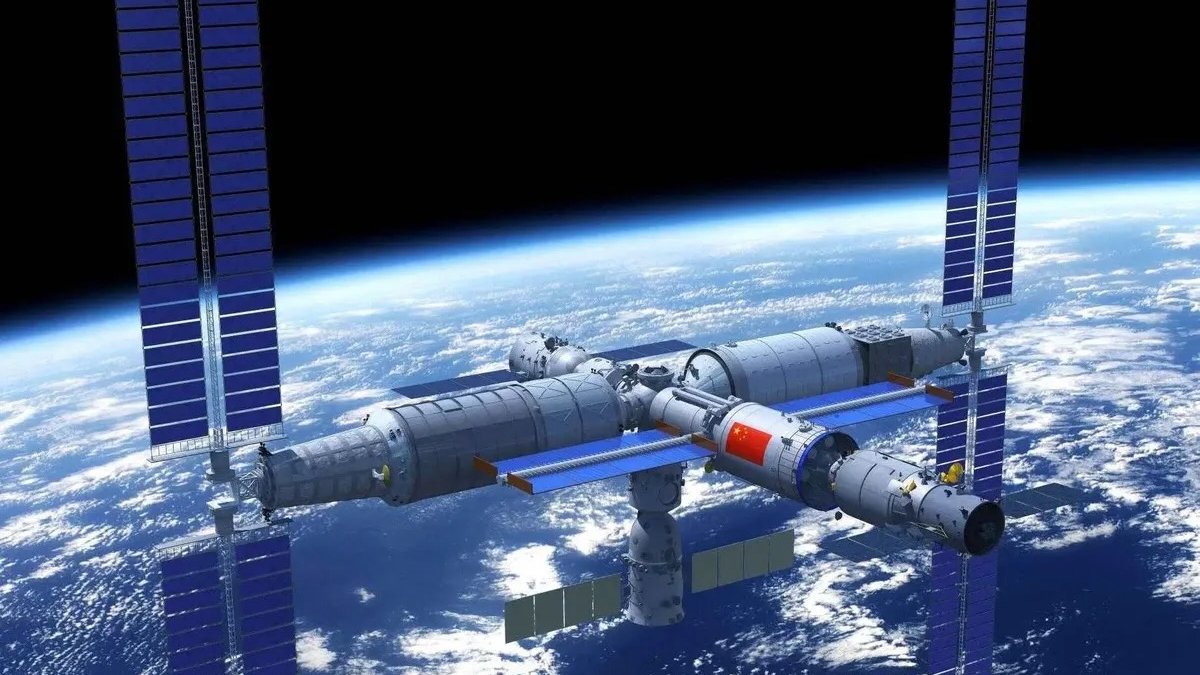The Biggest Space Missions to Watch in 2017
Destination: Space
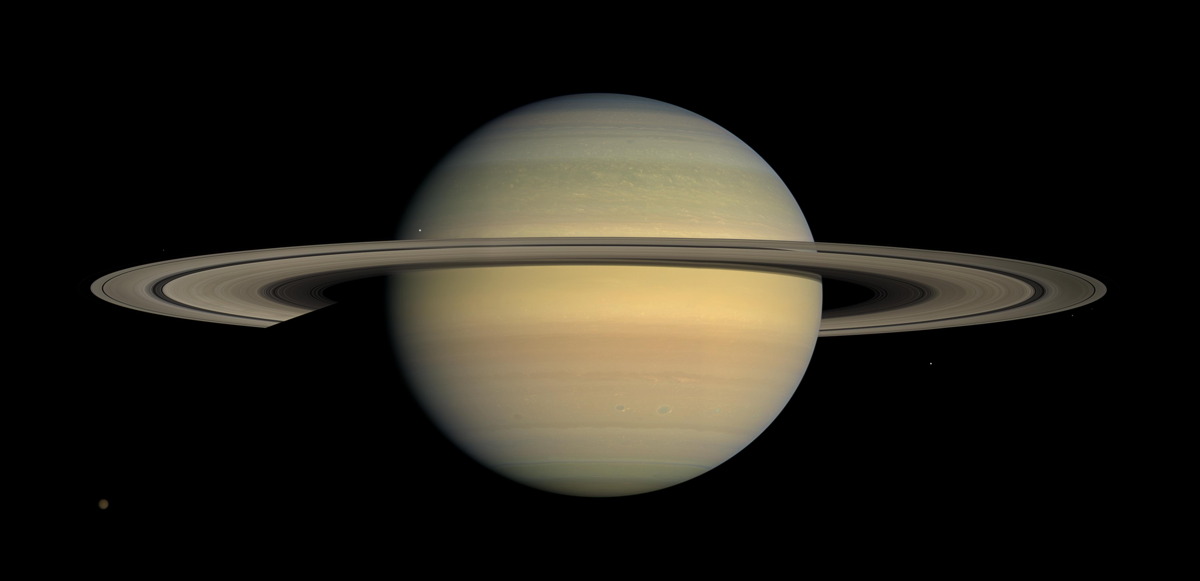
There's a lot of spaceflight action on tap this year.NASA's venerable Cassini Saturn mission will come to a dramatic end, a new exoplanet-hunting mission is scheduled to lift off and private spaceflight will likely take a number of exciting steps forward.
Here's Space.com's look at what we expect to be the 10 most important spaceflight stories of 2017. [Read about 2016's biggest spaceflight stories]
Cassini's grand finale
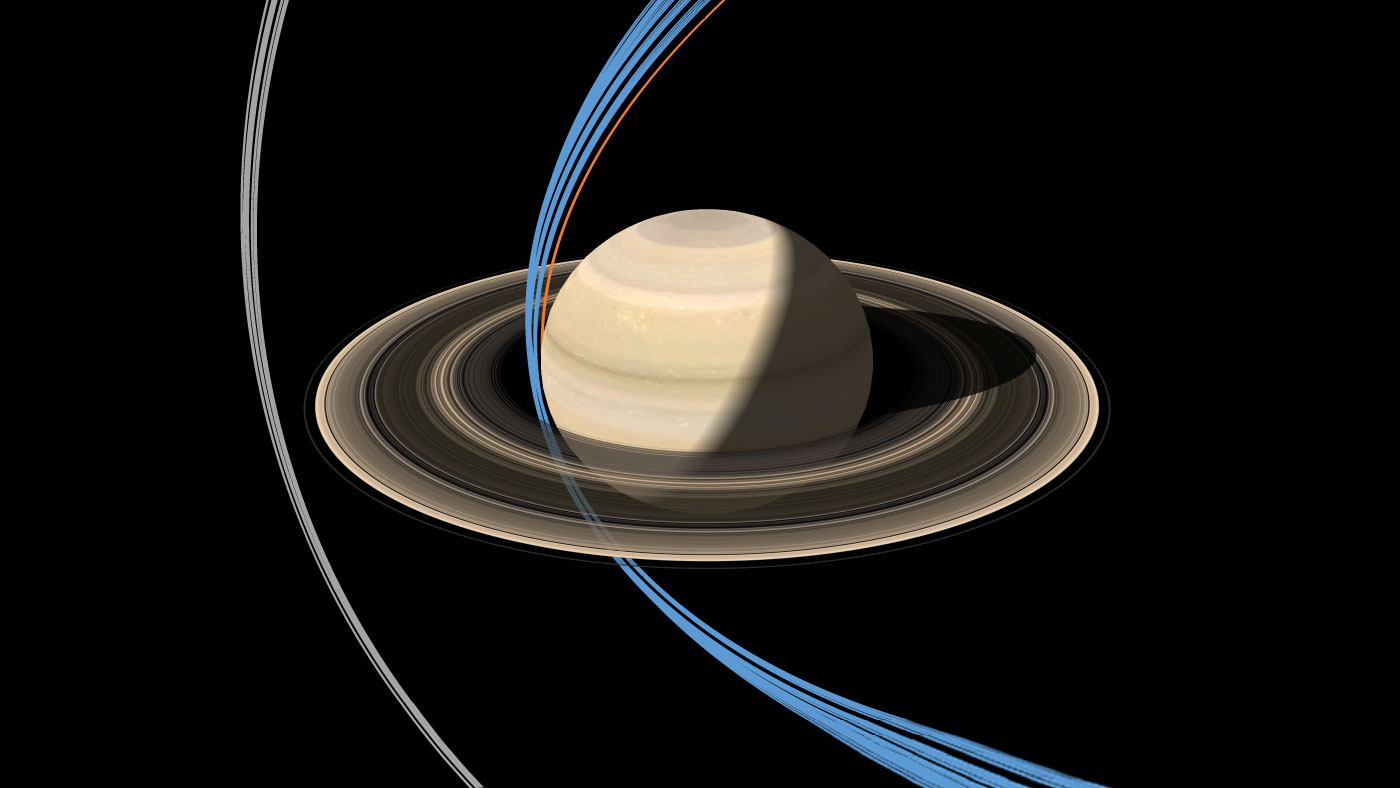
Cassini, which has been orbiting Saturn since July 2004, will perform a dramatic death dive into the gas giant's thick atmosphere on Sept. 15. This suicidal plunge will wrap up the "Grand Finale" phase of Cassini's mission: a series of 22 orbits that will take the probe between Saturn and its innermost ring. The first such close flyby will take place on April 22.
The $3.2 billion Cassini-Huygens mission, a joint effort of NASA, the European Space Agency and the Italian Space Agency, launched in October 1997. The Cassini mothership carried a lander called Huygens, which touched down on Saturn's largest moon, Titan, in January 2005.
Cassini continued circling Saturn, studying the huge planet, its rings and many moons. Cassini has made many important discoveries over the years; for instance, the probe spotted liquid-hydrocarbon lakes on Titan and geysers of water ice blasting from the south polar region of the Saturn moon Enceladus. [Ocean on Saturn Moon Enceladus Suspected Beneath Ice (Video)]
Cassini's death plunge is designed to ensure that the spacecraft doesn't contaminate Titan or Enceladus, — both of which may be capable of supporting life — with microbes from Earth, NASA officials have said.
Dawn's mission coming to a close
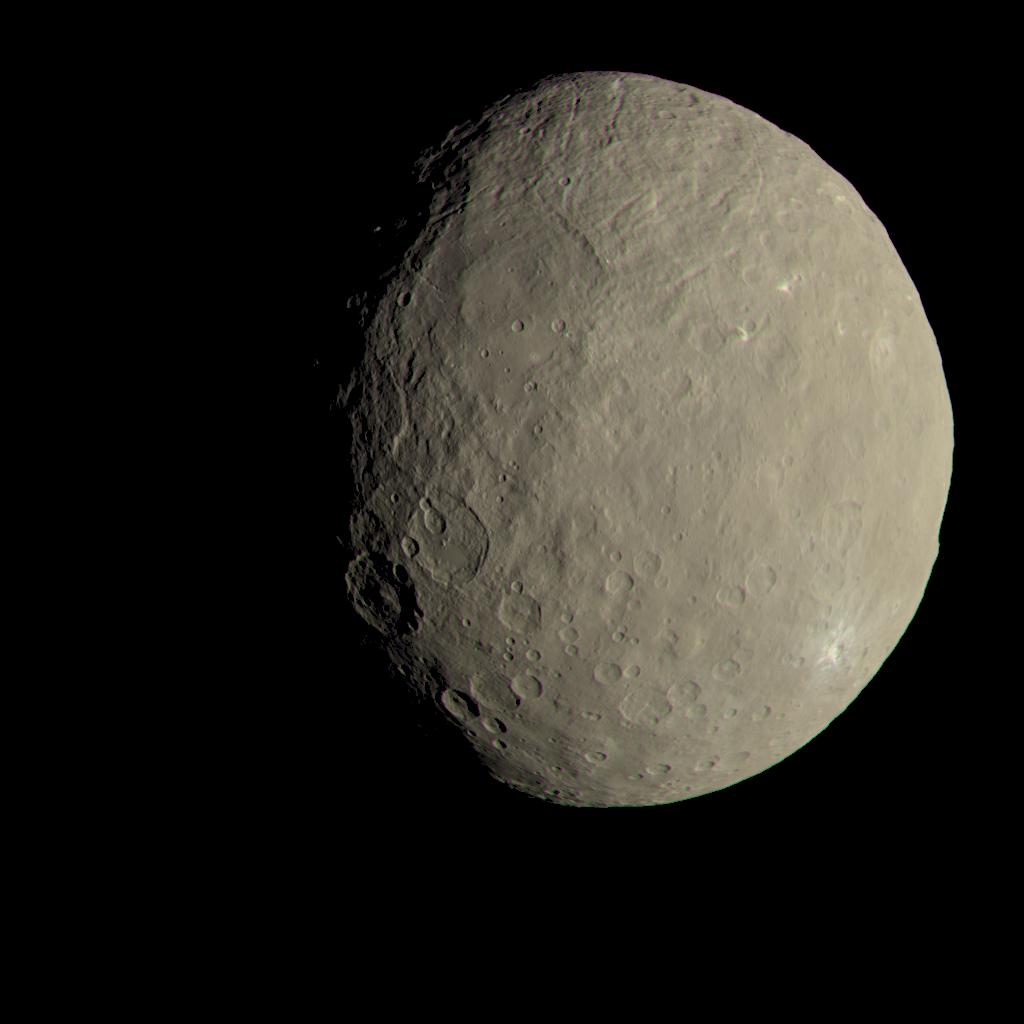
NASA's Dawn spacecraft is also nearing the end of the road, though its final days won't be as dramatic as Cassini's.
The $467 million Dawn mission launched in September 2007 to study Vesta and Ceres, the two largest objects in the main asteroid belt between Mars and Jupiter. The spacecraft circled Vesta from July 2011 through September 2012 and reached the dwarf planet Ceres in March 2015, in the process becoming the first probe ever to orbit two bodies beyond the Earth-moon system.
Dawn's observations have revealed a great deal about dry, rocky Vesta and icy Ceres. The probe famously spotted mysterious bright spots within several Ceres craters, for example, and found evidence that water ice is common just beneath the dwarf planet's surface.
Dawn is currently operating on an extended mission, after wrapping up its primary mission in June 2016. But the spacecraft's fuel supplies are low and will likely run out sometime this year, mission team members have said. After Dawn is shut down, the spacecraft will continue orbiting Ceres as an artificial satellite of the dwarf planet indefinitely.
Private moon race in home stretch
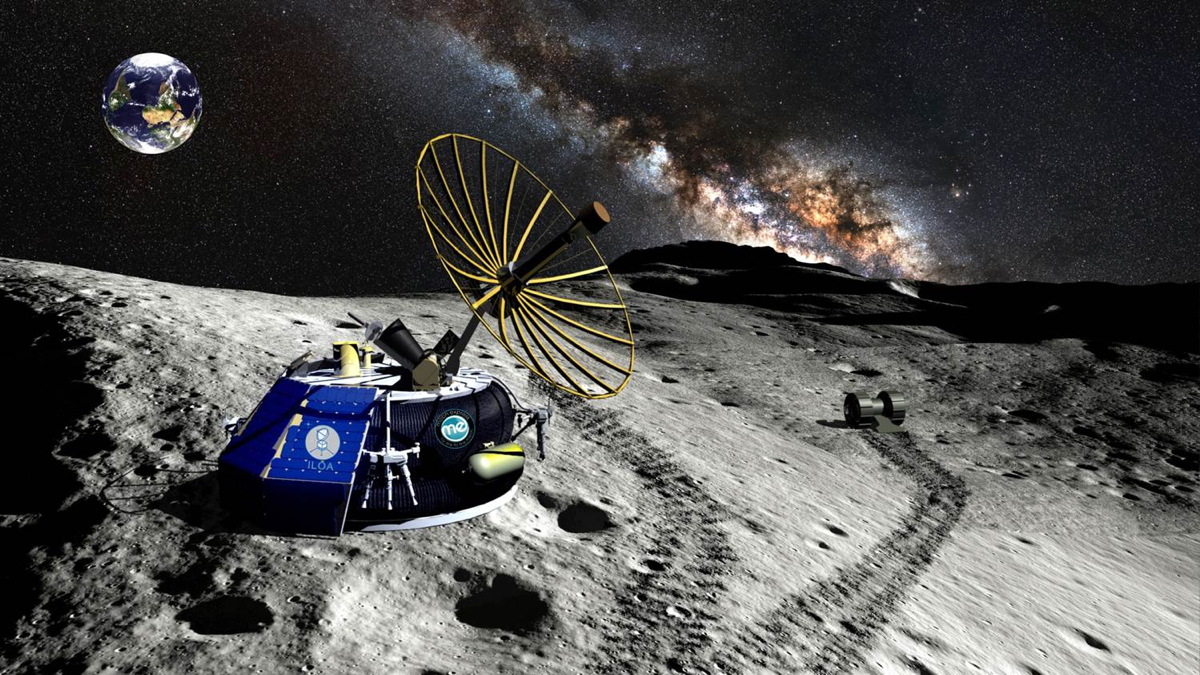
It's go time for the teams that are still trying to win the $30 million Google Lunar X Prize (GLXP).
GLXP's organizers are offering $20 million to the first privately funded team to land a spacecraft on the moon, have it travel at least 1,650 feet (500 meters) on the lunar surface and beam high-definition photos and video back to Earth. Another $5 million goes to the second team to achieve these tasks, and $5 million more is available for other accomplishments, such as finding water ice on the moon.
Teams have until Dec. 31, 2017, to claim the prize. Five teams remain in the running: Israel-based SpaceIL, Moon Express from the U.S., India-based Team Indus, Hakuto from Japan and the international team Synergy Moon.
Falcon Heavy's maiden launch
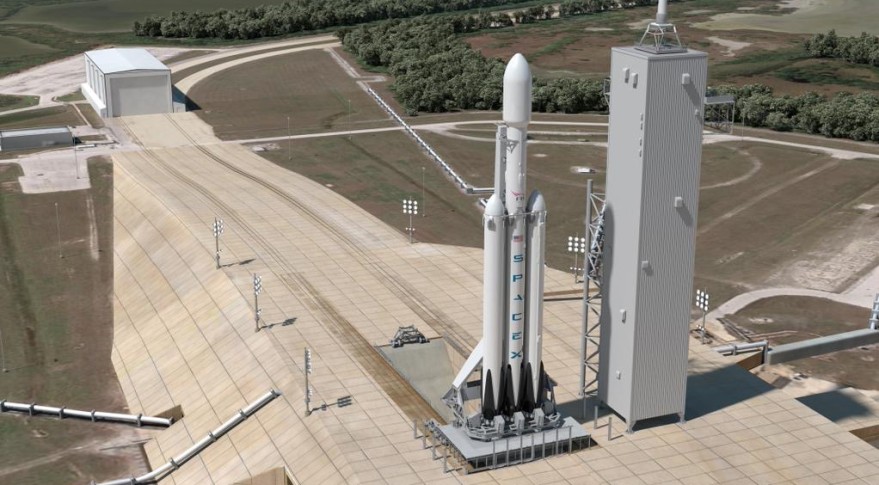
If all goes according to plan, SpaceX's new Falcon Heavy rocket will lift off for the first time this spring or summer.
The Falcon Heavy will be the most powerful rocket in the world by far when it comes online, capable of lofting 60 tons (54 metric tons) to low-Earth orbit (LEO) and 24.5 tons (22.2 metric tons) to geostationary transfer orbit (GTO), according to SpaceX representatives. For comparison, the brawniest rocket currently in operation, United Launch Alliance's Delta IV Heavy, can carry 31.7 tons (28.8 metric tons) to LEO and 15.7 tons (14.2 metric tons) to GTO.
Crew Dragon to take flight

Crew Dragon, a capsule SpaceX is developing to fly astronauts to and from the International Space Station (ISS) and other space destinations, should make its maiden orbital flight in 2017. (An uncrewed variant of Dragon already flies cargo to the space station for NASA.)
SpaceX holds a multibillion NASA contract to develop this astronaut taxi (as does aerospace giant Boeing, which is building a capsule called the CST-100 Starliner). The first flight of Crew Dragon, an uncrewed test mission to the ISS, is currently scheduled to lift off in November of this year, NASA officials have said.
The first crewed test flight of the new Dragon should follow in mid-2018 — about the same time that the CST-100 Starliner launches on its maiden (uncrewed) orbital mission.
Blue Origin launching people to space
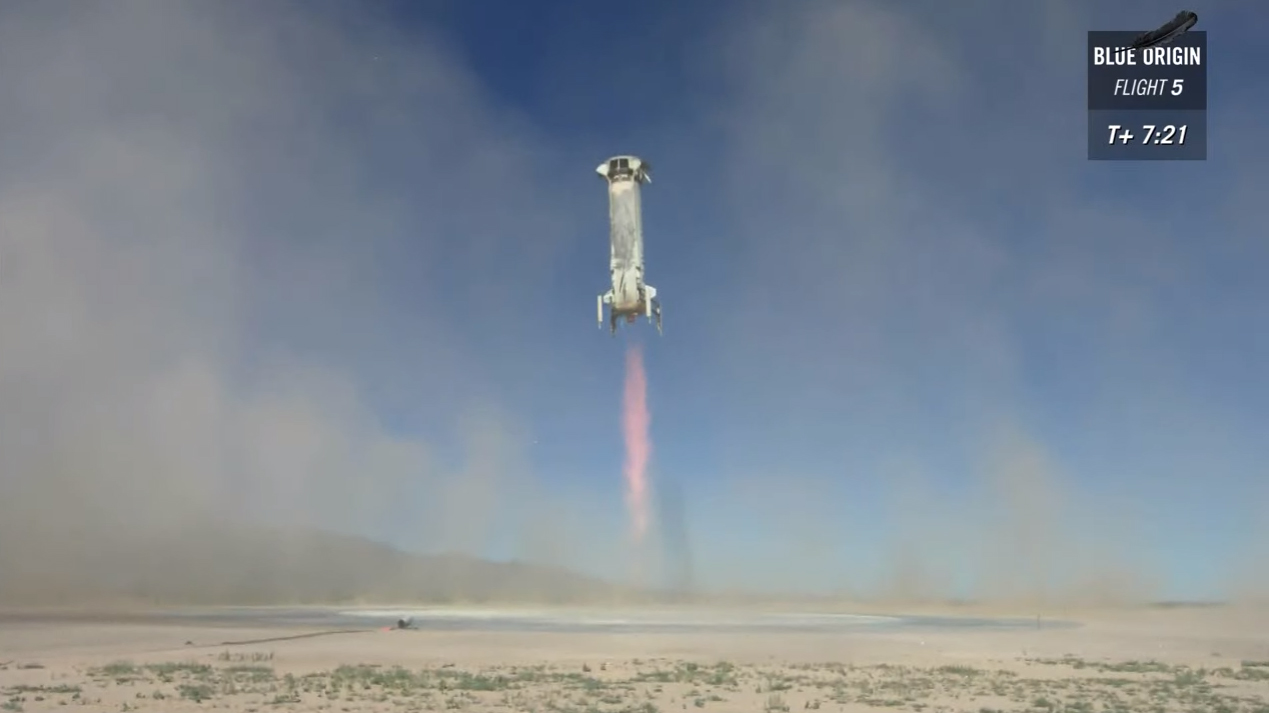
Another private spaceflight company, Washington-based Blue Origin, aims to send people to space before 2017 is done.
Representatives of Blue Origin, which is run by billionaire Amazon.com founder Jeff Bezos, have said that they plan to launch crewed test flights of the company's suborbital New Shepard vehicle sometime this year. Commercial flights with paying passengers should start in 2018, if current timelines hold.
New Shepard has already reached suborbital space five times, on uncrewed test flights that took place between November 2015 and October 2016. All five flights were performed by the same rocket, which has since been retired.
SpaceShipTwo powering up again
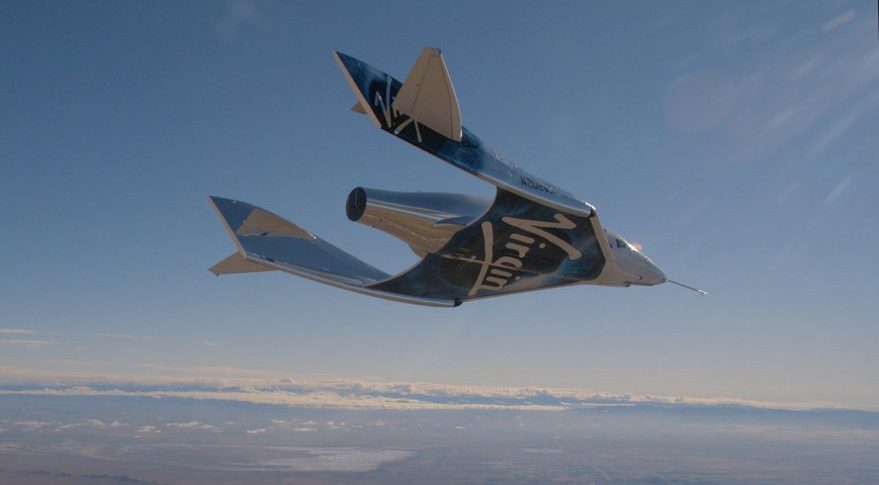
This year, Virgin Galactic will continue bouncing back from the tragic October 2014 accident that killed co-pilot Michael Alsbury, injured pilot Peter Siebold and destroyed the company's first suborbital space plane, VSS Enterprise.
Virgin unveiled its next spaceship, known as VSS Unity, last February, and the vehicle lifted off for the first time in September. That maiden flight was a "captive carry" test, during which Unity stayed attached to its mothership, WhiteKnightTwo.
The space plane flew freely in December, coming back to Earth for a runway landing after its first solo "glide flight." Unity will perform a series of glide flights before graduating to rocket-powered test flights — the phase Enterprise was in when it broke apart two years ago.
Cargo vessel to visit Chinese space lab

A cargo vehicle is scheduled to visit China's second-ever space lab for the first time this spring.
China launched the lab, known as Tiangong-2, in September, and astronauts docked with the spacecraft a month later. In April, the uncrewed Tianzhou-1 freighter will lift off, on a mission to deliver fuel and other supplies to Tiangong-2. [Tiangong-2: China's Space Lab for Long Missions (Infographic)]
Such activities are designed to test the technologies that are needed to build a bona fide space station in Earth orbit, which China hopes to do by the early 2020s.
Four crews launching to the ISS
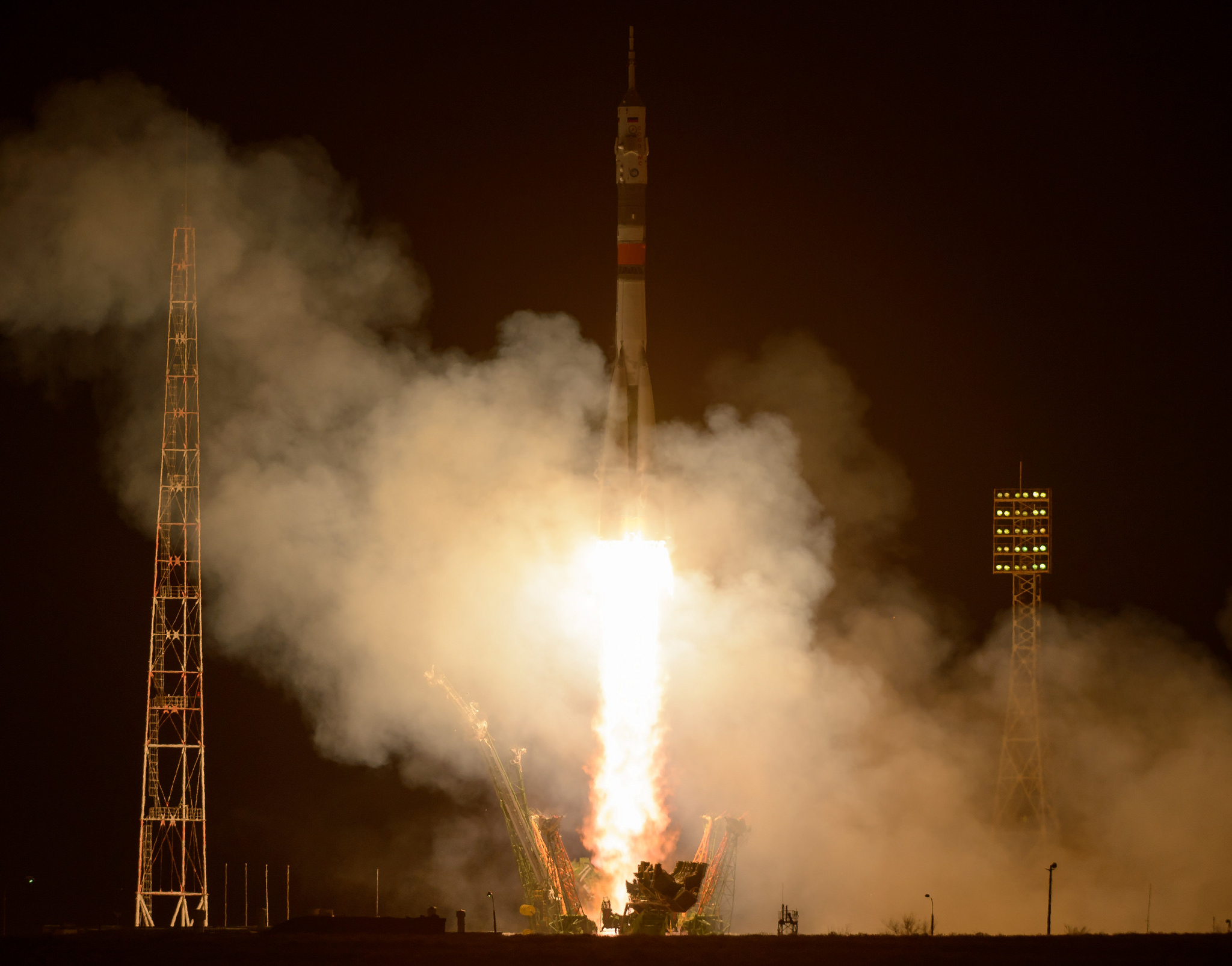
Astronauts will launch toward the International Space Station this year, as they have every year for more than a decade and a half. (The huge orbiting complex has been continuously staffed by rotating crews since November 2000.)
Four crews are scheduled to blast off aboard Russian Soyuz rockets this year — on March 27, May 29, Sept. 12 and Oct. 26. Astronauts' stints aboard the ISS generally last five to six months.
A new exoplanet hunter
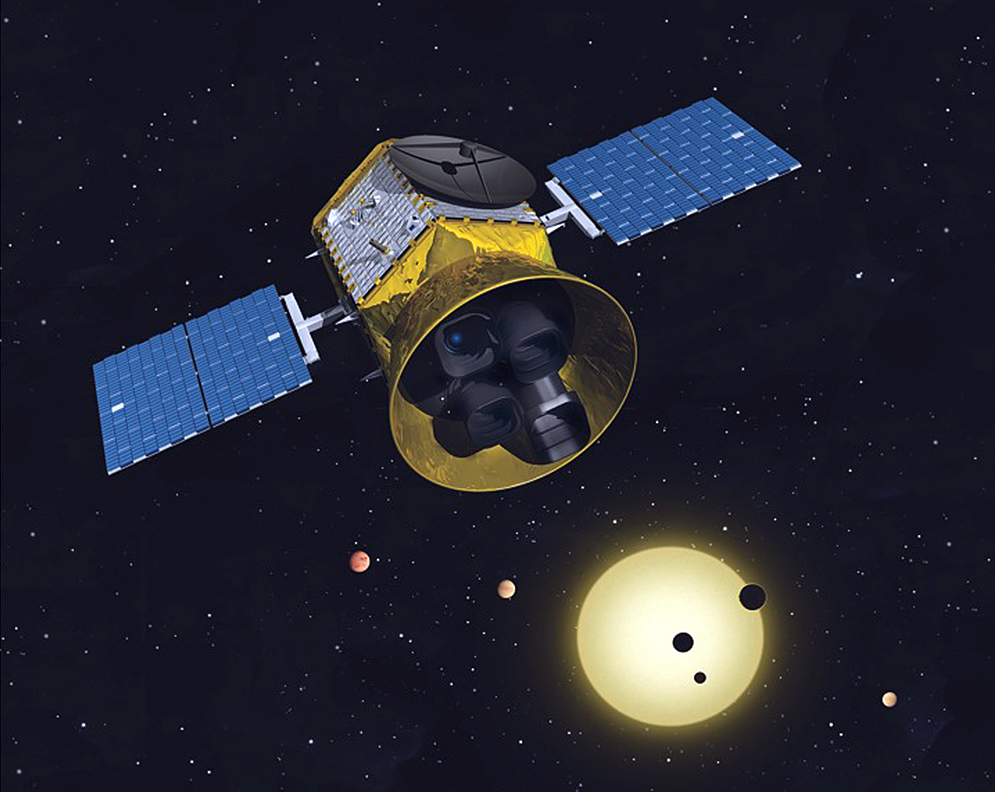
NASA aims to launch its Transiting Exoplanet Survey Satellite (TESS) sometime this year; the agency is currently shooting for December, though no firm launch date has been set.
TESS will spend two years looking for alien planets that cross the faces of their parent stars — the same detection strategy that is used by NASA's Kepler space telescope, which has discovered about two-thirds of the 3,500-odd known exoplanets to date.
Kepler stared at more than 150,000 faraway stars during its original planet hunt; TESS, by contrast, will study a smaller number of bright, nearby stars. It should therefore be possible to perform follow-up studies of many TESS finds using other instruments, especially NASA's $8.8 billion James Webb Space Telescope, which is scheduled to launch in late 2018, NASA officials have said.
Join our Space Forums to keep talking space on the latest missions, night sky and more! And if you have a news tip, correction or comment, let us know at: community@space.com.
Get the Space.com Newsletter
Breaking space news, the latest updates on rocket launches, skywatching events and more!

Michael Wall is a Senior Space Writer with Space.com and joined the team in 2010. He primarily covers exoplanets, spaceflight and military space, but has been known to dabble in the space art beat. His book about the search for alien life, "Out There," was published on Nov. 13, 2018. Before becoming a science writer, Michael worked as a herpetologist and wildlife biologist. He has a Ph.D. in evolutionary biology from the University of Sydney, Australia, a bachelor's degree from the University of Arizona, and a graduate certificate in science writing from the University of California, Santa Cruz. To find out what his latest project is, you can follow Michael on Twitter.
